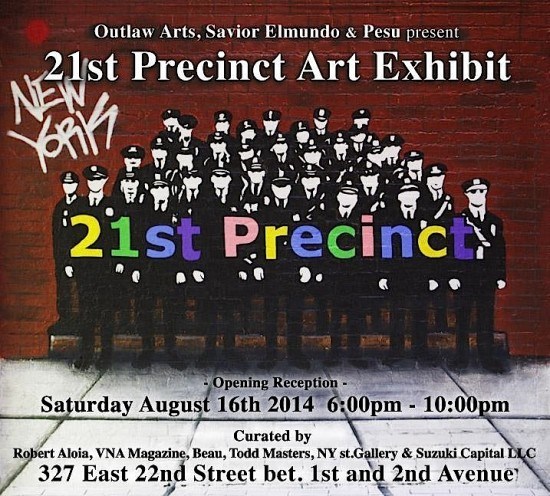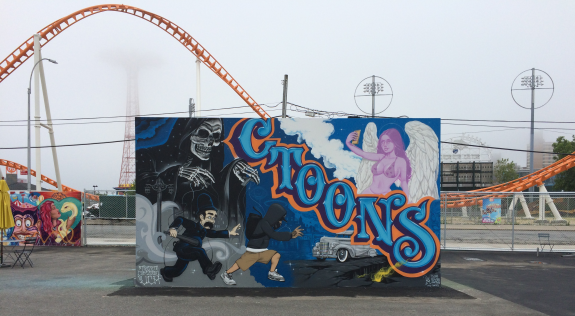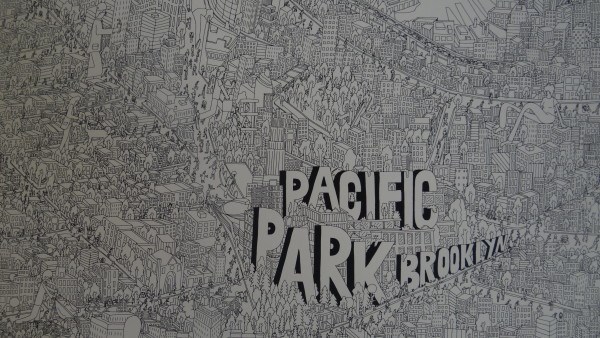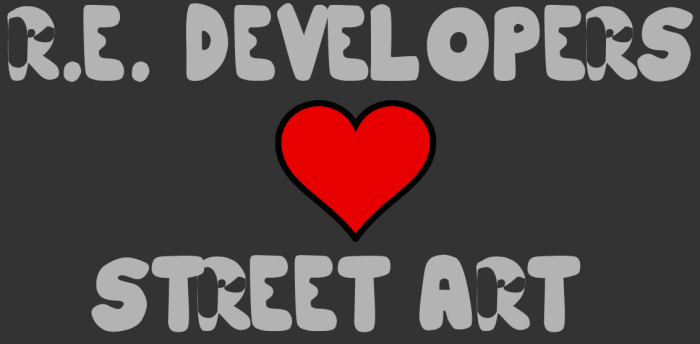The official dream team of people and professions that we love to hate can vary from person to person, because we're all different. Some people hate everybody, and some people love everybody. But a good starting five on this particular team could easily be lawyers, telemarketers, Wall Street executives, Congressional members and Williamsburg coffee baristas.
Yet, there's another profession bucking to make it into that starting lineup, and that is the real estate developer.
What's their credentials for being put on the most hated-Dream Team, you ask? Well, for starters, real estate developers are sometimes loathed by entire communities, sparking full-on demonstrations against their projects. Yet, they also tend to be a bit faceless, with the hate often directed at the company and not an individual.
Cities often give developers sweetheart deals and abatements on taxes, which raises the ire of taxpayers. But most sinister of all, they're often the voice in the back room, puffing a cigar and convincing the government to seize private land through eminent domain, and then turn that land over for their development project.
But since hate is only embraced by rappers and WWF heels, real estate developers, in New York City, looked into the eyes of the hate, and in it they saw public art. Since their professional emoji might as well be a beloved, neighborhood building getting demolished, developers saw public art as a bridge to humanizing their profile, while beautifying the block before the twelve months of jack hammers and catcalls commenced, at their construction site.

In fact, real estate developers utilizing public art to strategically humanize their image, has been trending up for the last few years. Yet, it's a bit of Jedi Mind Trick that's inherent to the developer & street art marriage. For the most part, the street artists don't get paid to provide cover, while the neighborhood gets thrown a bone that shows the heart of the developers. Publicists are losing clients, when developers can use street art to soften their image as overlord. It looks like a marriage made in heaven, when heaven has jumped the shark and it's several illustrative examples of this peculiar trend.
The Suzuki Capital purchase of the former police precinct on East 22nd street in Manhattan, comes to mind. In its latter years, it was a half-way house for LGBT youth. But it was built in 1863, as the police station and prison for the 21st precinct, which was in a neighborhood known as the Gas house District. Suzuki purchased the building and staged a super dope, street art exhibition called 21st Precinct, curated by Rob Aloia, for Outlaw Art. It was amazing.
There were fifty local and international artists in the show, and they put aerosol and wheat paste art across the entire 4 floors of the building. It was a powerful and the exhibition stayed up until the building was knocked down, to make way for condos.

Same for the project at 436 and 442 east 13th street in the East Village, that was featured on the Bravo TV show Million-Dollar Listing. The two buildings are scheduled for a fall 2015 demolition, and were given to Art Battles, an art organization, to curate a group of artists to create murals on the outside walls and the inside walls of the upstairs, outdoor deck. The art looks amazing and will stay up until the two structures get demolished this September, making way for more condos.
Thor Equities has taken this same route out on Coney Island, but with a remix twist at the home of America's first roller coaster. Instead of endearing themselves to a community, before tearing down an existing building and raising a new, behemoth structure, the Manhattan based real estate developer and investment firm is priming the community for a full offensive, with Coney Art Walls...though no one is sure what that offensive will be.

With an extra large portfolio of land in Coney Island, the company and i's controversial owner, Joe Sitt, have been lauded as both neighborhood killers and saviors. Coney Art Walls, done in conjunction with legendary artman Jeffrey Deitch, brought 30 artists to create murals on 30, temporary, concrete slabs, within a pop-up Smorgasburg food court. Buff Monster, Kenny Scharf, Lady Pink, Daze, Aiko, KATSU, and Ron English amongst others are the artists, and some people take Coney Island Walls as an olive branch to the community, even if it's an overpriced, artisanal olive branch sold in an hipster hangout.
All of those instances of public art, put on by real estate developers, will pale in comparison to what's happening this coming weekend August 15th, at Pacific Park, on Dean Street in Prospect Heights, Brooklyn. Pacific Park, formerly titled Atlantic Yards, is the undeveloped, promised to be developed project, by Greenland Forest City Partners, the new iteration of the project developers previous name, Forest City Ratner. The mere mention of their name brought people to disgust and rage, so changing the name made a ton of sense. Take note Ms. Azealea.

The good news is that the Pacific Park Art project has been put in the hyper-creative hands of the artist Mike Perry, who curated nine other artists to put amazing murals up on the incredibly humungous wall that runs on Dean Street, from Carlton to Vanderbilt.
A talk with Mike Perry is on deck, so check back soon for the interview with one of the hardest-working artist in Brooklyn, who you may know from creating the titles for the hit show Broad City on Comedy Central, or his numerous art exhibitions, illustrated books or amazing beach towels!




